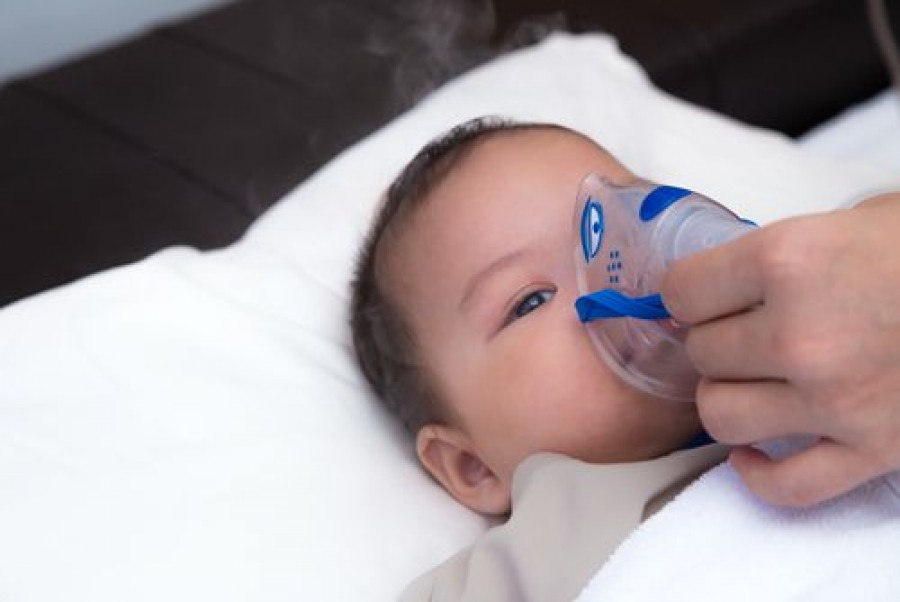Get to know Respiratory Syncytial Virus

Despite its name, Respiratory syncytial virus is fairly straightforward – it’s a virus that infects the lungs of an individual, and it’s actually quite common.It can occur at any age, no matter the race, age or gender, though it’s particularly prevalent in babies below the age of two. Research suggests that about two percent of all babies across the globe suffer from an infection of the lungs due to this virus, amounting to roughly three million cases, with around 66,000 of those ending in death every year.
What is the cause of respiratory syncytial virus?
Respiratory syncytial virus is a resilient illness,as it’s easily able to survive in the open environment outside the body for atleast a few hours. This ability to stay put makes the virus extremely contagious, especially during the first few days after a person comes into contact with the germs. The virus usually gets transmitted through secretions from the mouth, nose and eyes of an infected individual, or through the inhalation of air droplets when an individual coughs or sneezes.
What are the signs and symptoms of respiratory syncytial virus?
Someone suffering from respiratory syncytial virus might present with several different symptoms, depending on the severity of the virus. The symptoms observed in a baby infected by RSV include:
· Runny or congested nose,
· Fever,
· Headache,
· Sore throat,
· Dry cough and
· Other cold-like symptoms.
However, in some severe cases, the virus might lead to an inflammation of the respiratory tract and lead to complications such as pneumonia (the inflammation of the air sacs located within the lungs) and bronchiolitis (the inflammation of the narrow passageways linked to the lungs). The patient may also start wheezing, have difficulty breathing, and this may eventually give rise to a bluish discoloration of the skin due to a lack of supply of oxygen.
How is respiratory syncytial virus diagnosed?
There’s a number of ways to diagnose respiratory syncytial virus, including reviewing the family and medical history of the baby, a careful look at all the sign and symptoms the baby presents with, and conducting a thorough physical examination.
A few blood tests are performed to detect the presence of any microorganisms such as bacteria, viruses and fungi in the blood and samples of secretions from the mouth, nose and mouth are taken to analyse. The doctor may also order an x-ray of the chest to look for pneumonia, and the level of oxygen in the blood will also be determined through a procedure known as pulse oximetry.
What is the treatment of respiratory syncytial virus?
Respiratory syncytial virus, once infecting a baby, often tends to eventually subside on its own. It usually takes a baby about two weeks to fully recover from this infection, so no treatment beyond bed rest is necessary. However, supportive care is recommended to relieve the symptoms the baby might be suffering from. Antipyretics, including acetaminophen, can be prescribed.
Treatment is recommended when the case appears to be severe enough to require hospital care, such as providing intravenous fluids and humidified oxygen to a patient who has been diagnosed with pneumonia.
How to prevent the occurrence of respiratory syncytial virus?
Even though no vaccine has been made against respiratory syncytial virus, doctors have developed a lot of different methods to prevent this virus from spreading within the population. Some of the well-known ways which can be used to prevent the transmission of respiratory syncytial virus include frequent washing of hands, eating a balanced diet and avoiding coming into contact with an infected person to prevent the spread.


